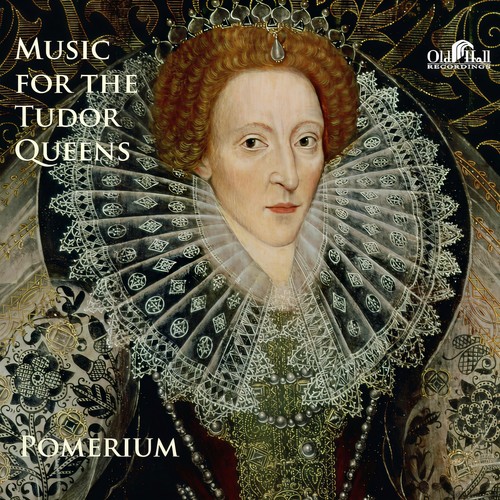
Music for the Tudor Queens
Commentary on the Program
by Alexander Blachly
Queen Mary Tudor, daughter of Henry VIII and Catherine of Aragon, ruled England for only five years, but they were good years for music. Mary’s first priority was the restoration of the Catholic Church, recently outlawed by her father and younger brother in favor of the new Church of England. Considering music to be an important part of the restoration, Mary encouraged composers to write elaborate sacred music similar in style to the monumental English works from the late fifteenth and early sixteenth centuries—works as different as possible from the simplified music for the Church of England composed in the years immediately preceding her reign. Upon Mary’s death, Queen Elizabeth I ascended the throne. She, like Mary, was a fine musician, much enamored of the sacred works by Tallis, White, and the young William Byrd. As a Protestant, she officially catered to the Protestant ethic of un...
by Alexander Blachly
Queen Mary Tudor, daughter of Henry VIII and Catherine of Aragon, ruled England for only five years, but they were good years for music. Mary’s first priority was the restoration of the Catholic Church, recently outlawed by her father and younger brother in favor of the new Church of England. Considering music to be an important part of the restoration, Mary encouraged composers to write elaborate sacred music similar in style to the monumental English works from the late fifteenth and early sixteenth centuries—works as different as possible from the simplified music for the Church of England composed in the years immediately preceding her reign. Upon Mary’s death, Queen Elizabeth I ascended the throne. She, like Mary, was a fine musician, much enamored of the sacred works by Tallis, White, and the young William Byrd. As a Protestant, she officially catered to the Protestant ethic of un...




